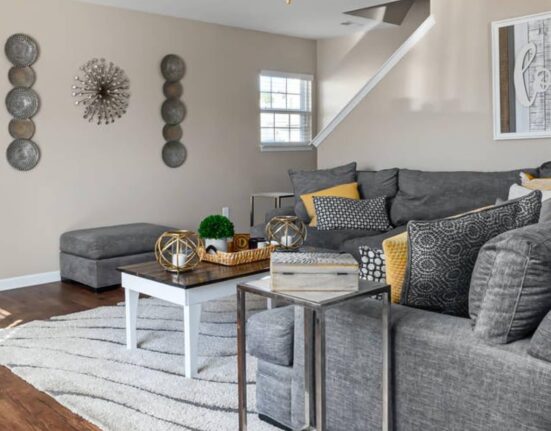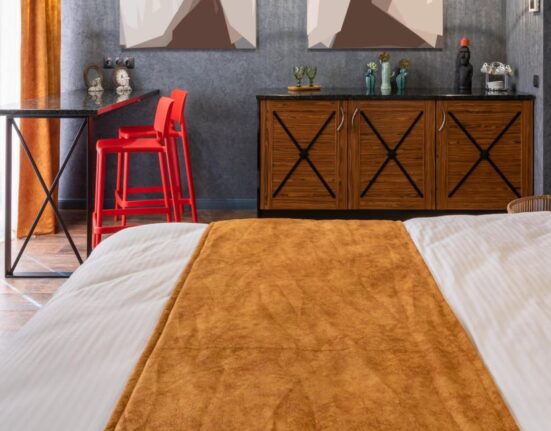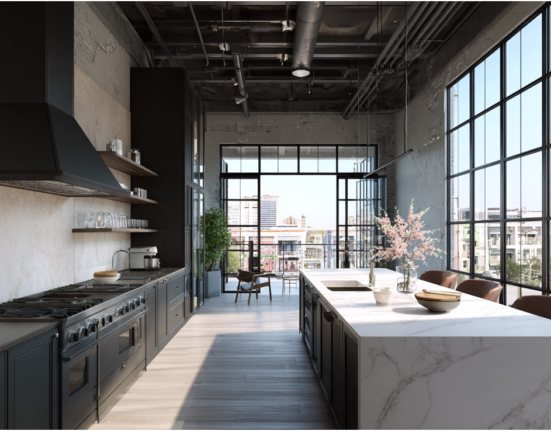Building a house has always been a symbol of achieving the “American Dream,” but as costs soar, many people are rethinking the process and looking for the cheapest way to make it happen. Imagine a couple, John and Sarah, who have been renting for years, hoping to one day own their dream home. They saved diligently, but as they began exploring traditional construction methods, they quickly realized that the price tag was far beyond their budget. They started exploring alternative building methods and affordable materials with determination and some creativity. Fast forward to today, they now live in a beautiful, cosy home that costs them a fraction of what a conventional house would have. How did they do it? By seeking out the cheapest way to build a house. In this article, we’ll explore strategies like theirs, breaking down the most affordable construction options, building materials, and methods available today.
The Rising Cost of Home Construction
Before diving into the cheapest building methods, it’s essential to understand just how expensive conventional house construction has become. In 2023, the average cost to build a new home in the U.S. was approximately $300,000 to $400,000, depending on the location, size, and finishes. Labour shortages and skyrocketing material costs, driven by the pandemic and supply chain disruptions, have significantly contributed to this high price point. For instance, lumber prices increased by over 200% in 2021. With these rising expenses, finding affordable construction methods has become more critical.
Affordable Building Materials
One fundamental way to cut home costs is by choosing affordable materials. While traditional wood-framed houses can be expensive due to the high cost of lumber, alternative materials can offer significant savings.
- Reclaimed Materials: John and Sarah saved thousands of dollars by incorporating reclaimed wood, steel, and bricks into their home. Reclaimed materials can be found in salvage yards or through demolition projects and are often significantly cheaper than buying new materials. Not only are they cost-effective, but they’re also environmentally friendly, reducing waste and the demand for new resources.
- Concrete: Concrete is another low-cost building material widely used in affordable housing projects. It’s durable, energy-efficient, and cost-effective. Precast concrete panels can be quickly assembled on-site, further reducing labour costs. Concrete block homes are standard in many parts of the world because they offer excellent insulation and require less maintenance.
- Bamboo: In tropical climates, bamboo is a sustainable and affordable material used in construction. It’s lightweight, flexible, and proliferates, making it eco-friendly. Some innovative builders are experimenting with bamboo construction for everything from framing to flooring, significantly lowering costs in regions where bamboo is readily available.
Modular Homes: Efficiency at a Lower Price
Modular homes are one of the most cost-effective ways to build a house. They are built off-site in sections, transported to the construction site, and assembled. Because they are built in controlled environments, modular homes can be completed in a fraction of the time it takes to construct a traditional house, lowering labour costs.
A study by the National Association of Home Builders (NAHB) found that a modular home’s cost per square foot is 10% to 20% lower than that of a site-built home. On average, a modular home can be built for about $120,000 to $270,000, depending on size and customization.
Tiny Homes: Minimalism Meets Affordability
Tiny homes have gained popularity as one of the cheapest ways to own a house. These tiny, efficient homes typically range from 100 to 400 square feet and cost far less to build than traditional houses. The average price of a small home in the U.S. is around $30,000 to $60,000. Some DIY builders have even constructed tiny homes for as little as $10,000 using reclaimed materials and doing the work themselves.
One major appeal of tiny homes is their minimal environmental impact and lower utility costs, as they require less energy to heat, calm, and maintain. John and Sarah’s story is not unlike that of many tiny home enthusiasts, who opt for a simpler, more affordable lifestyle in exchange for a smaller living space.
Shipping Container Homes: A Trend with Potential
Shipping container homes is another affordable building option that has gained traction recently. These homes are made from repurposed steel shipping containers, which are strong, durable, and readily available. A single container can cost as little as $2,000 to $5,000, making them an incredibly affordable foundation for a home.
With creativity and insulation, a shipping container can be converted into a comfortable living space. Many builders combine multiple containers to create larger homes, adding additional square footage cheaply. Depending on finishes and labour, a shipping container home can cost anywhere from $20,000 to $50,000.
Earthbag Homes: Building with the Earth
One of the most intriguing and affordable building methods is earthbag construction. These homes are made by filling bags with earth or other natural materials and stacking them to form the walls. Earthbag construction is incredibly cheap, with some homes being built for as little as $5,000.
In addition to being affordable, earthbag homes are highly energy-efficient. They provide natural insulation that keeps the house cool in the summer and warm in the winter. These homes are also extremely durable and resistant to natural disasters like earthquakes and floods, making them a practical choice for homeowners in vulnerable areas.
Reducing Costs Through Self-Building
John and Sarah significantly cut construction costs by doing some of the work. DIY homebuilding is an excellent way to save money, especially if you have construction skills or are willing to learn. Tasks like framing, painting, and installing fixtures can be done by the homeowner, reducing the need to hire professionals for every process step.
In the U.S., labour costs account for 40% to 60% of the total home cost. Homeowners can save tens of thousands of dollars by handling some of the labour themselves. However, it’s essential to know your limits and hire professionals for specialized work like plumbing and electrical to ensure the home is safe and up to code.
Conclusion: Building Your Dream Home for Less
John and Sarah’s journey shows that building a house doesn’t have to drain your bank account. Choosing affordable materials, exploring alternative construction methods like modular or tiny homes, and even taking on some DIY tasks make building a comfortable and stylish home on a budget possible. Whether you’re looking to minimize your environmental impact with an earthbag home or embrace modern trends with a shipping container house, there are plenty of options for building your dream home at a fraction of the cost. With the right approach and creativity, owning a home is accessible to everyone.














